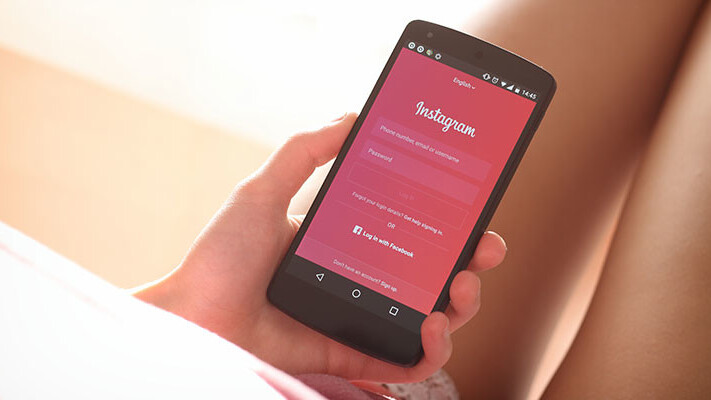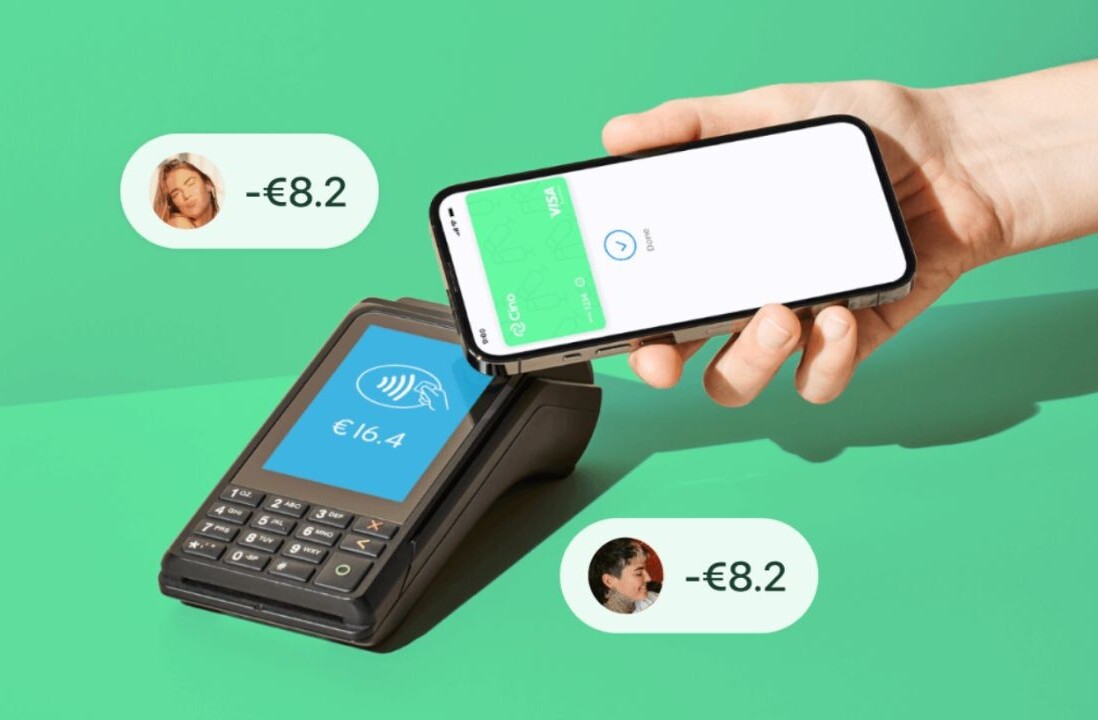
Instagram today announced new security and authenticity measures, the biggest of which is a handy application for users to request verification within the app.
Verified accounts are already a thing on Instagram, obviously. Like every other social media service, they’re identifiable by the blue check mark:

The difference is that now, anyone can ask for verification, as opposed to just hoping their influence will catch the company’s eye.
It’s surprisingly easy. Just go to your settings, and look for the new tab titled “Request Verification.” Then you have but to enter your handle, name, and a photo of your ID (though a business document such as a tax filing will suffice), and you’re off to the races. A spokesperson also confirmed the form is available to everyone — heck, I have the form, and my “reach,” if you can even call it that, is about that of the average town crier.
Granted, the ease of asking isn’t analogous to ease of verification. As the application informs you, it’s not a guarantee you’ll get the blue check mark — those are still reserved for accounts who need to prove they’re “the authentic presence of a notable public figure, celebrity, global brand or entity.” But if you do reach a large audience and the company hasn’t verified your identity already, it’s a much easier and legitimate way of getting to that mark than burning some sage and hoping for the best.
The other major tools Instagram announced were support for third-party authenticators, which will be rolling out in the coming weeks, and new “About” pages, which give a run down of basic account details, including how long it’s been active and what country it’s located in.
Mike Krieger, Instagram’s co-founder, says these tools are part of a larger effort to eradicate untrustworthy accounts:
As the CTO of Instagram, keeping people with bad intentions off our platform is incredibly important to me. That means trying to make sure the people you follow and the accounts you interact with are who they say they are, and stopping bad actors before they cause harm.
Verification is still a thorny topic. The question of who “deserves” that badge caused a stir on Twitter earlier this year when users rebelled against certain users being verified. While Twitter insisted the badge wasn’t a mark of prestige, it was at such a loss as to how to clarify this it temporarily suspended all verification requests.
Now that the application for verification is more straightforward, I suspect rejections will have much the same effect: “If X is verified, why not me?” But it’s still good to at least have the option of asking.
Get the TNW newsletter
Get the most important tech news in your inbox each week.




